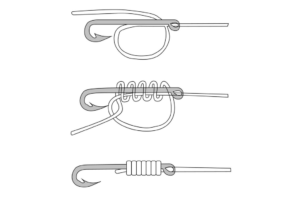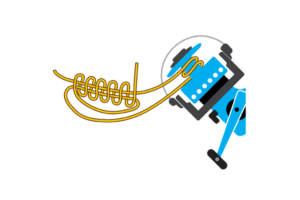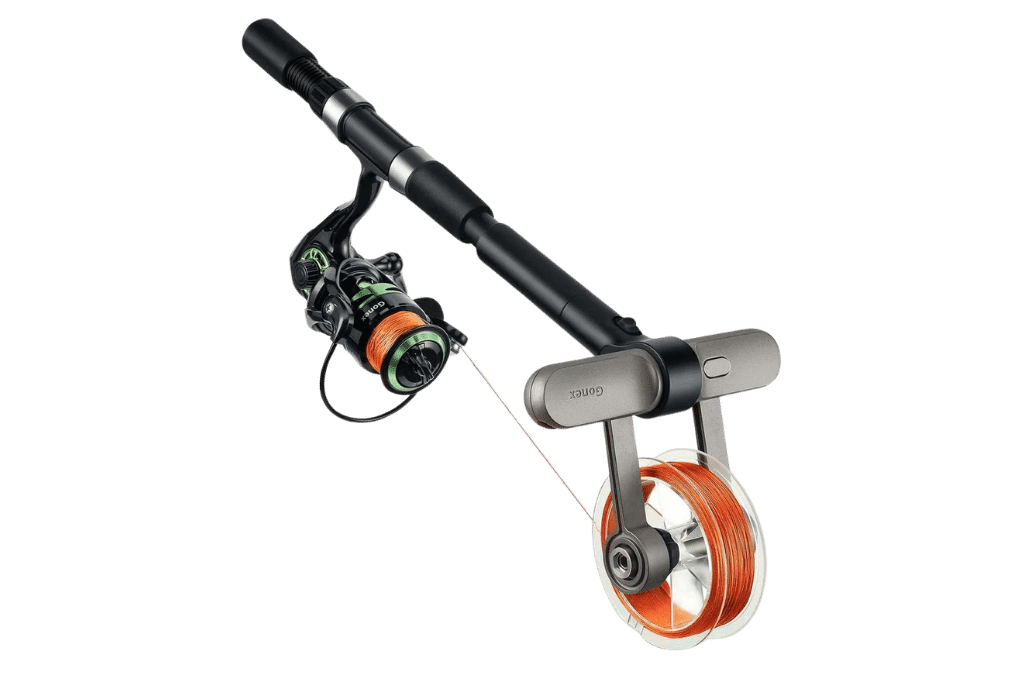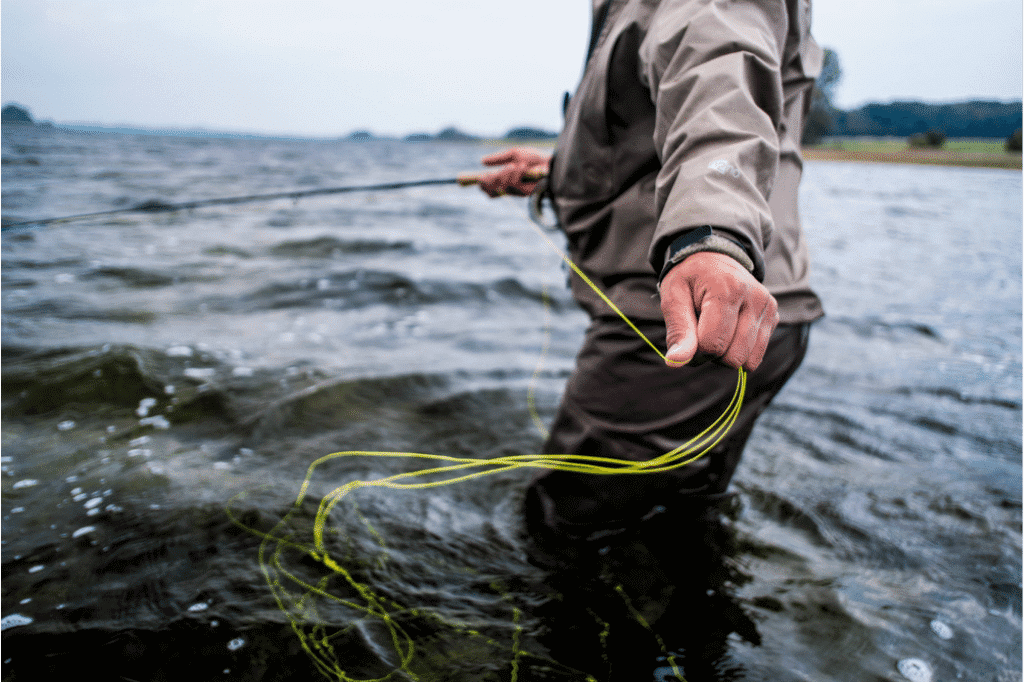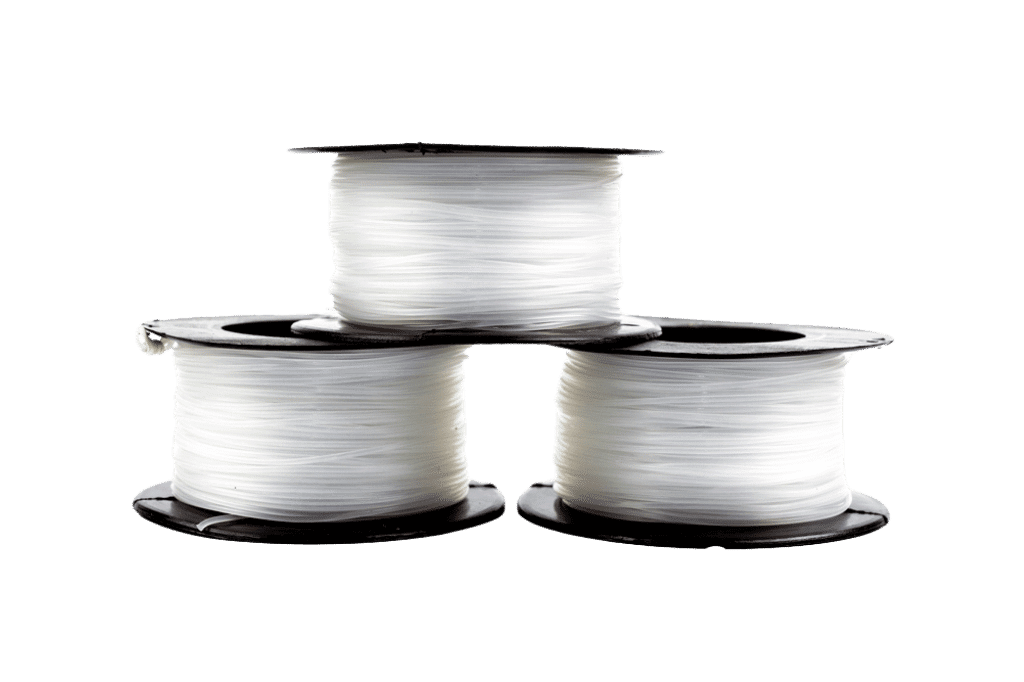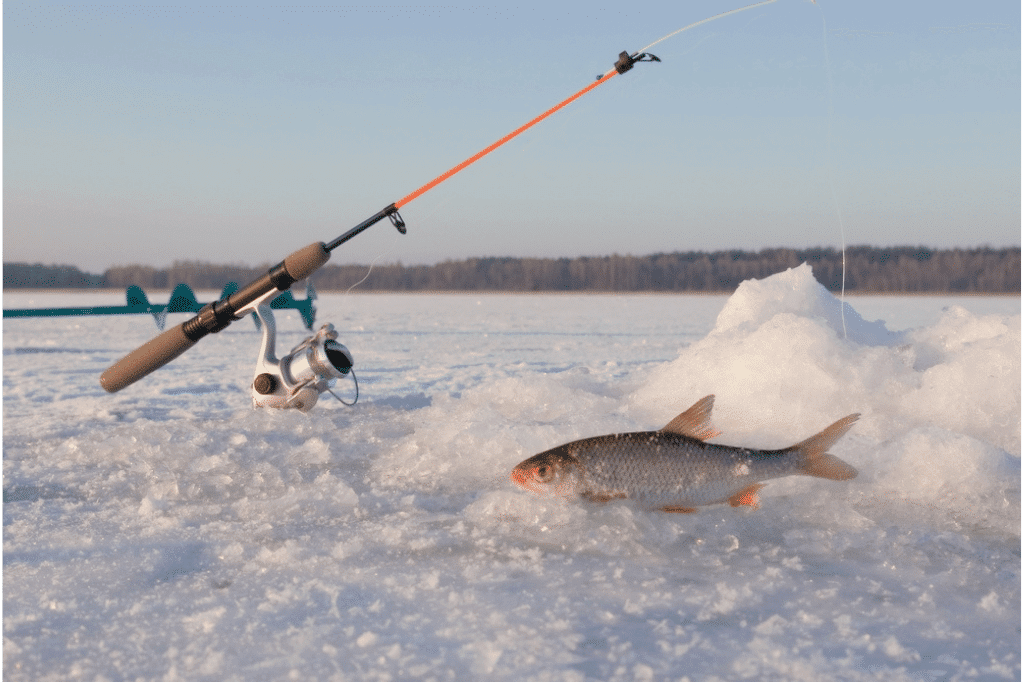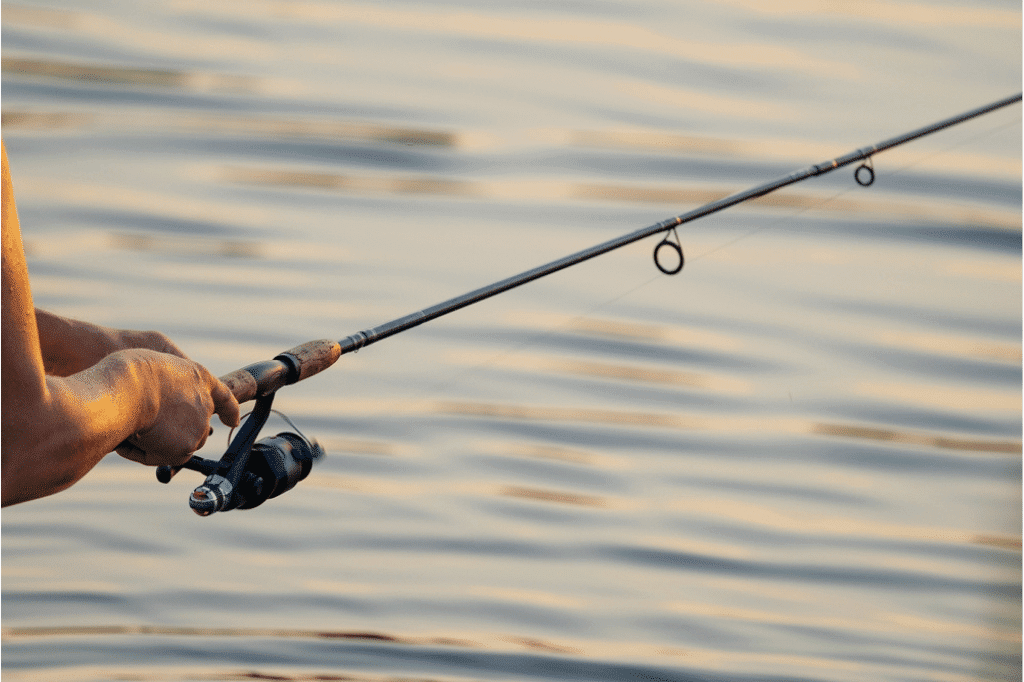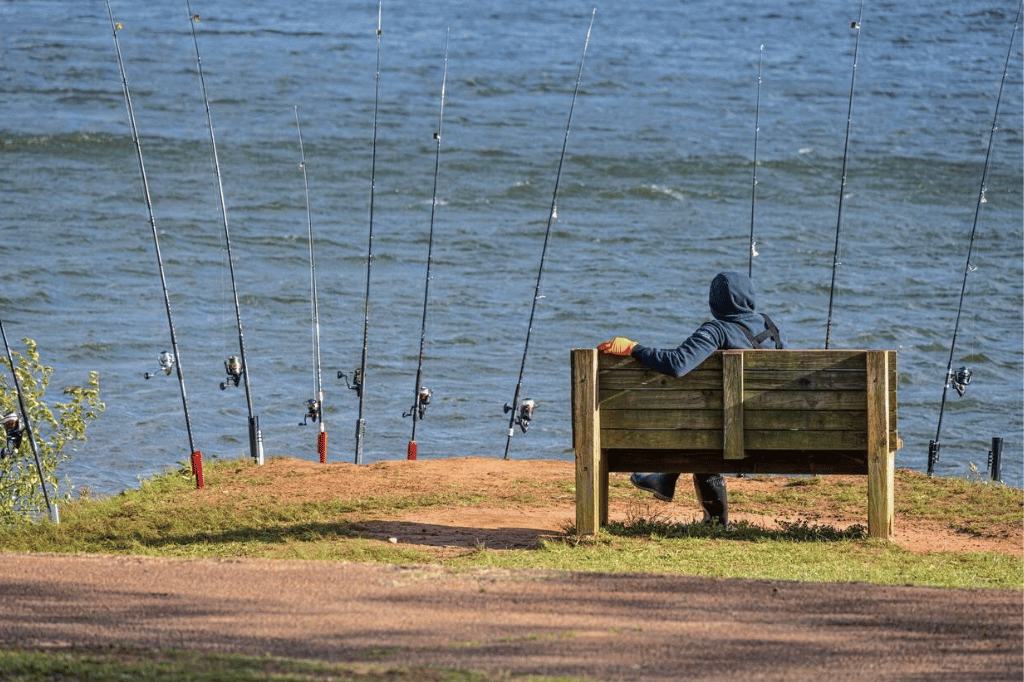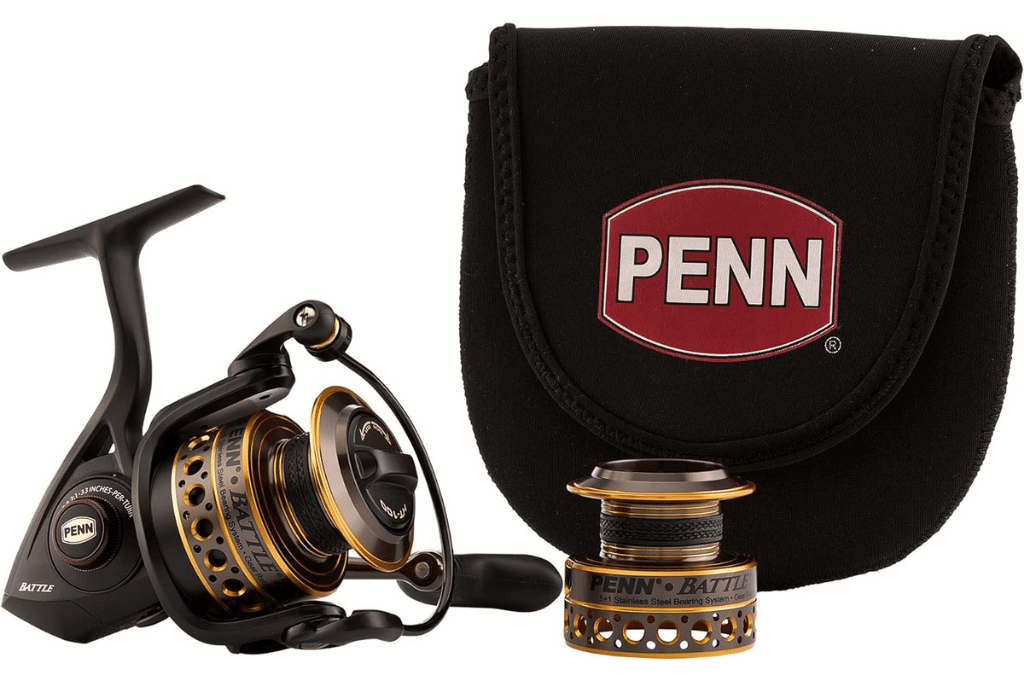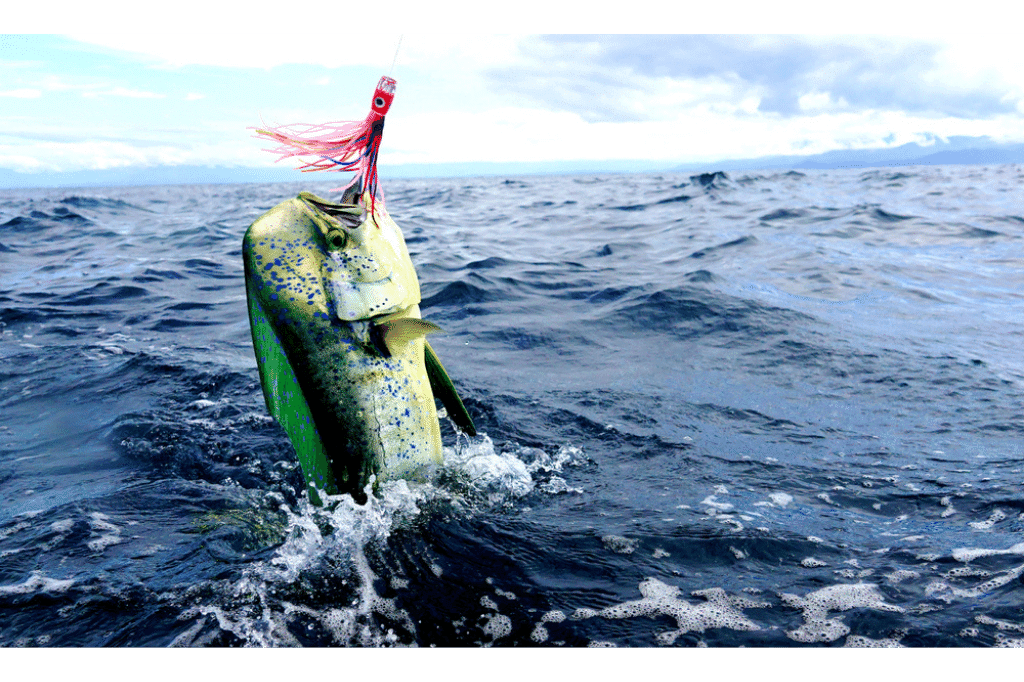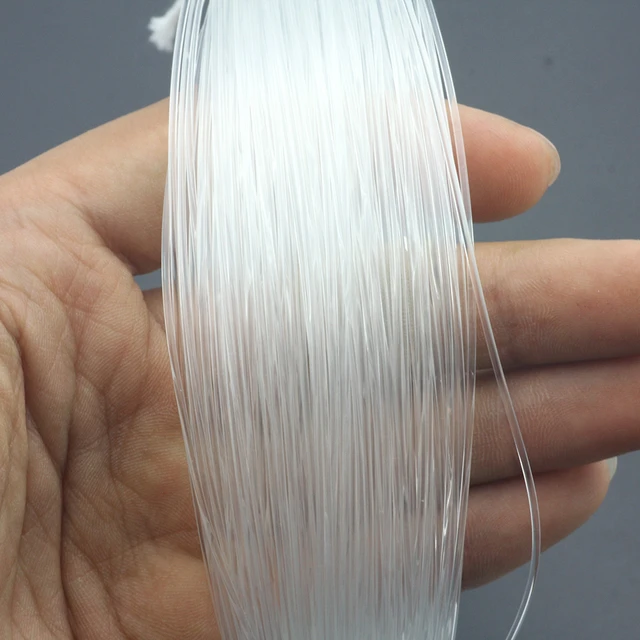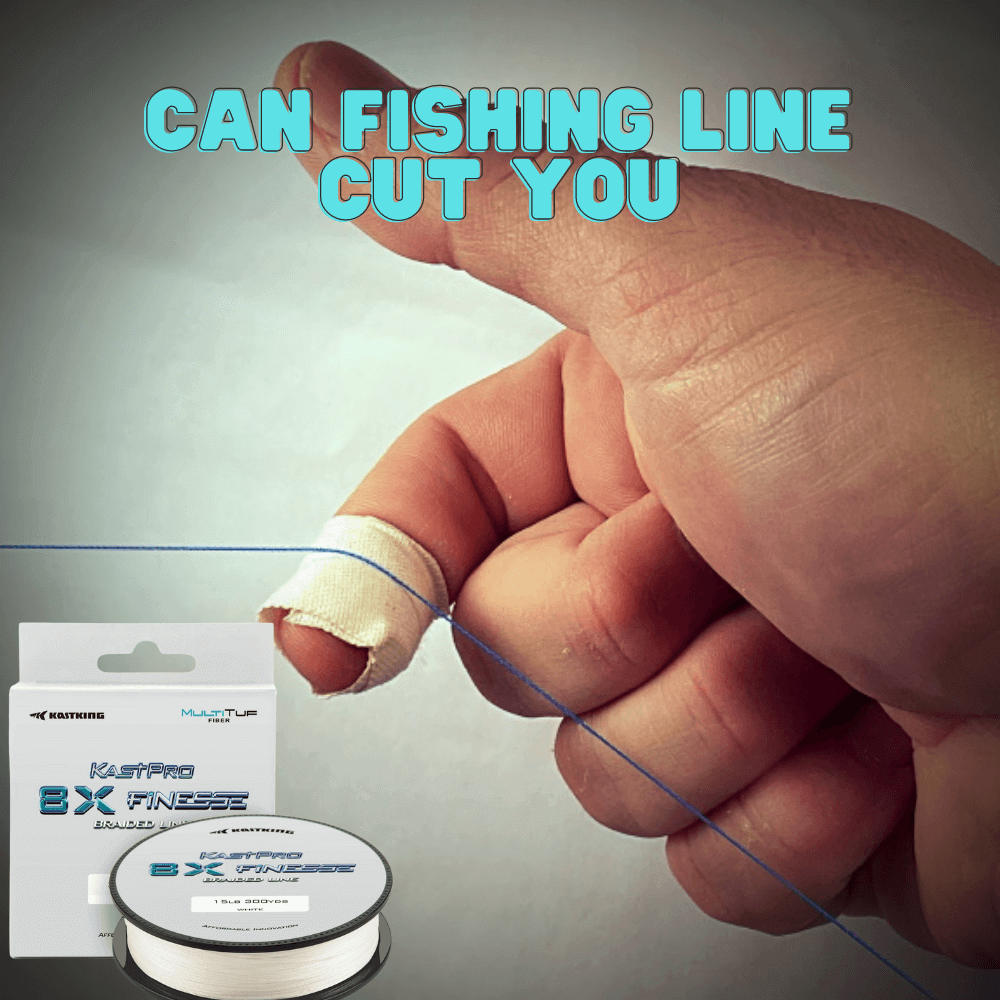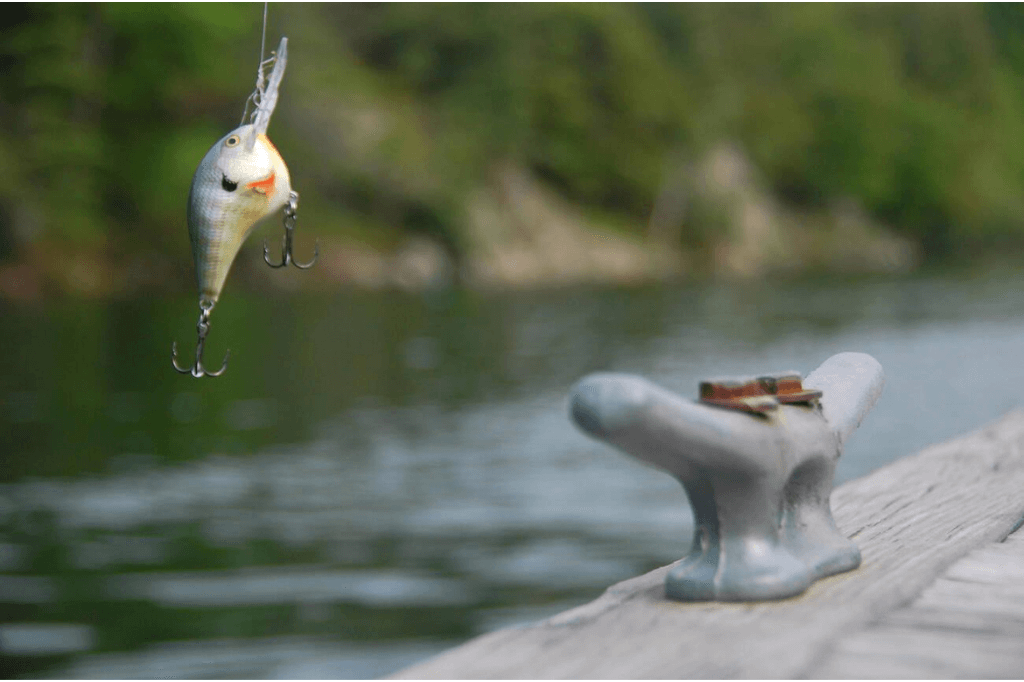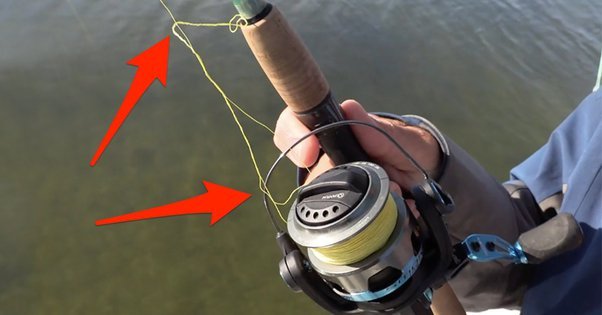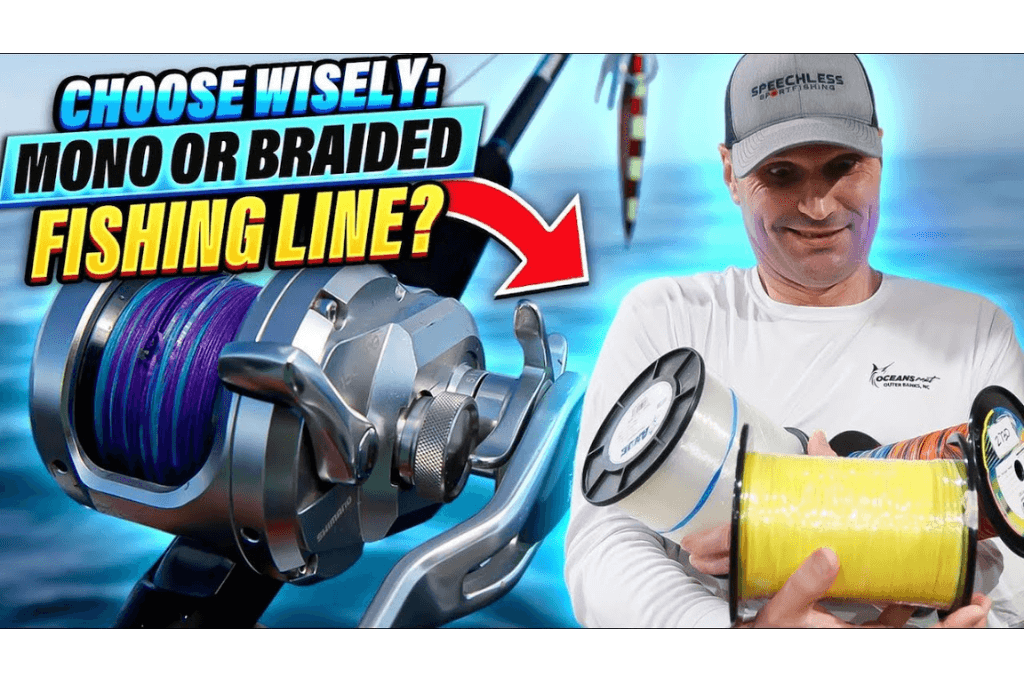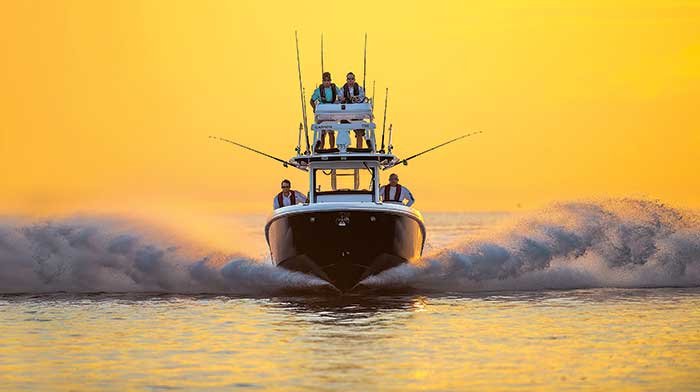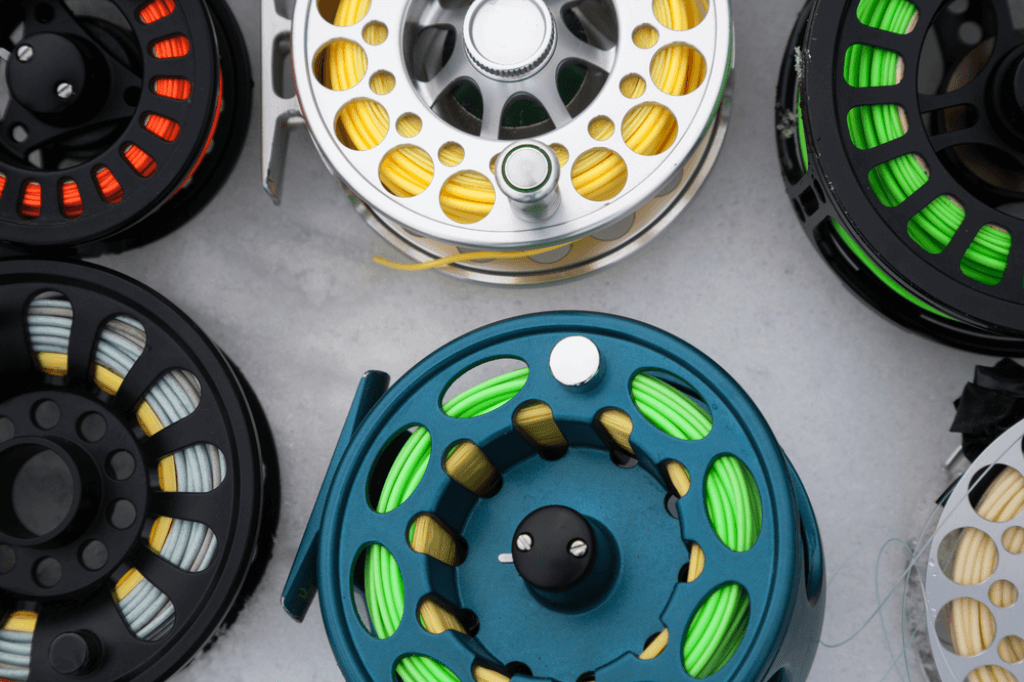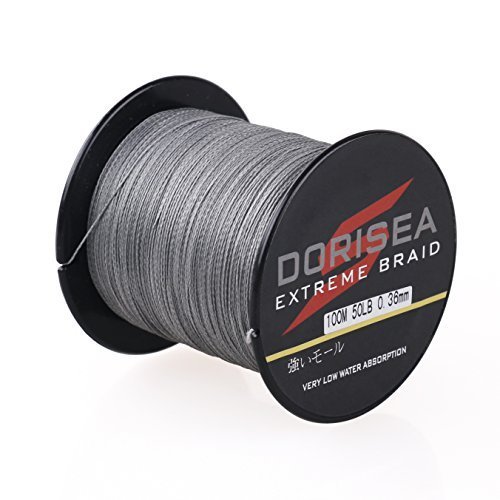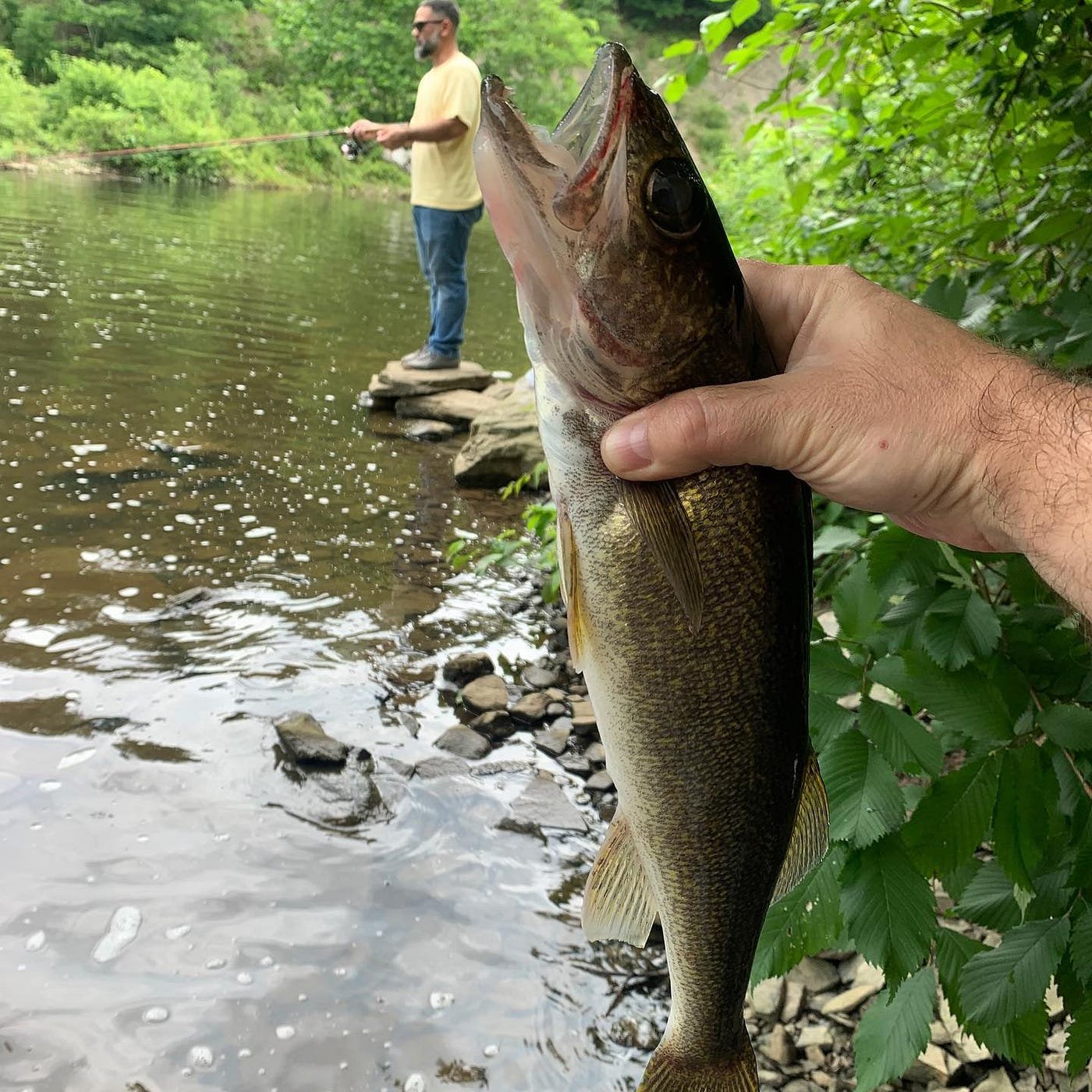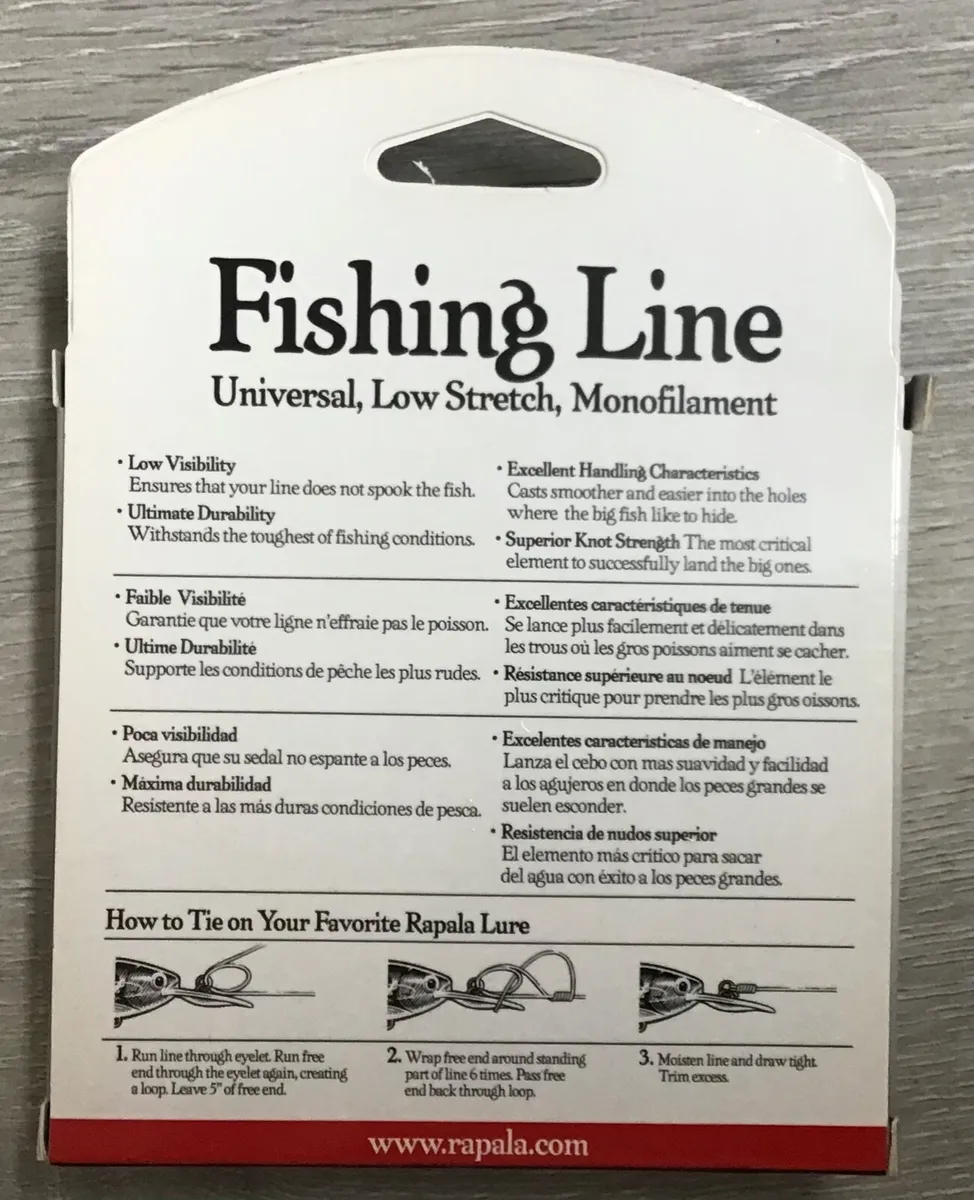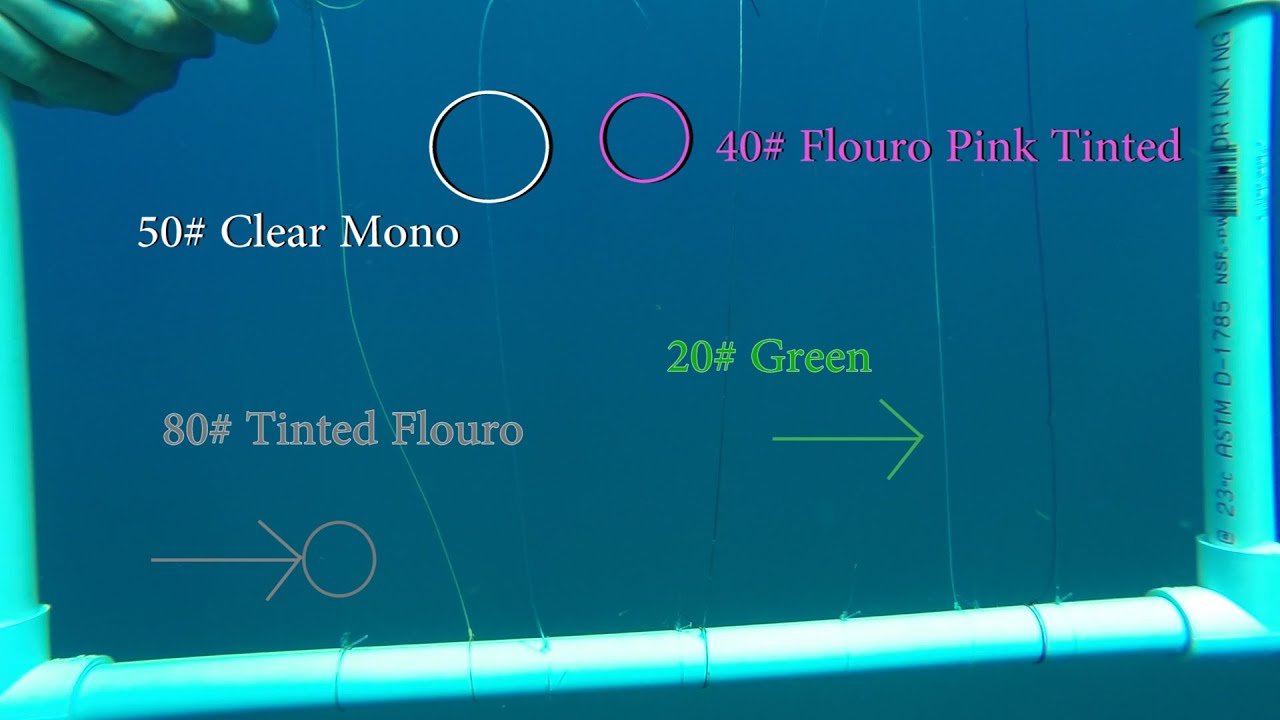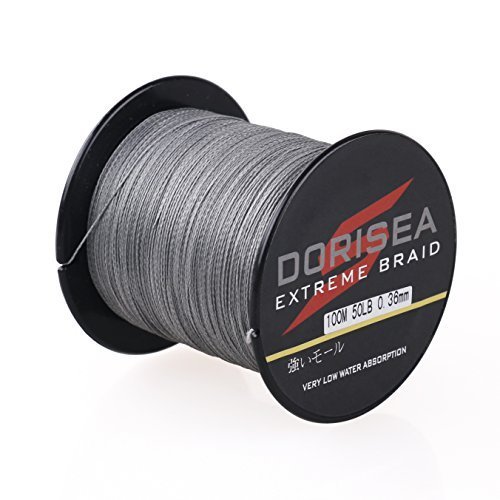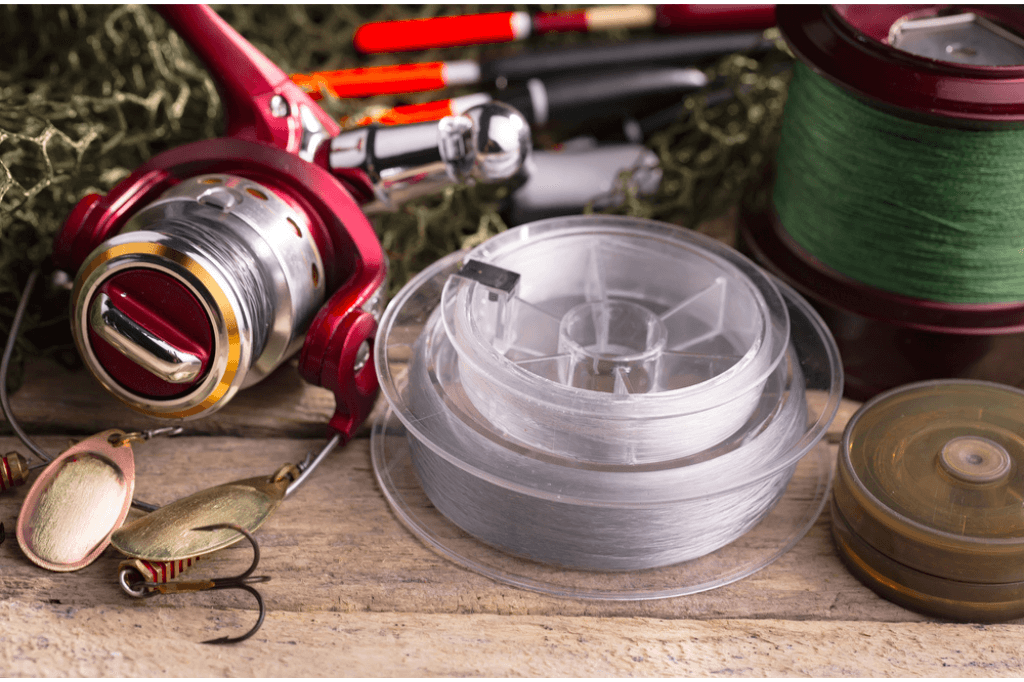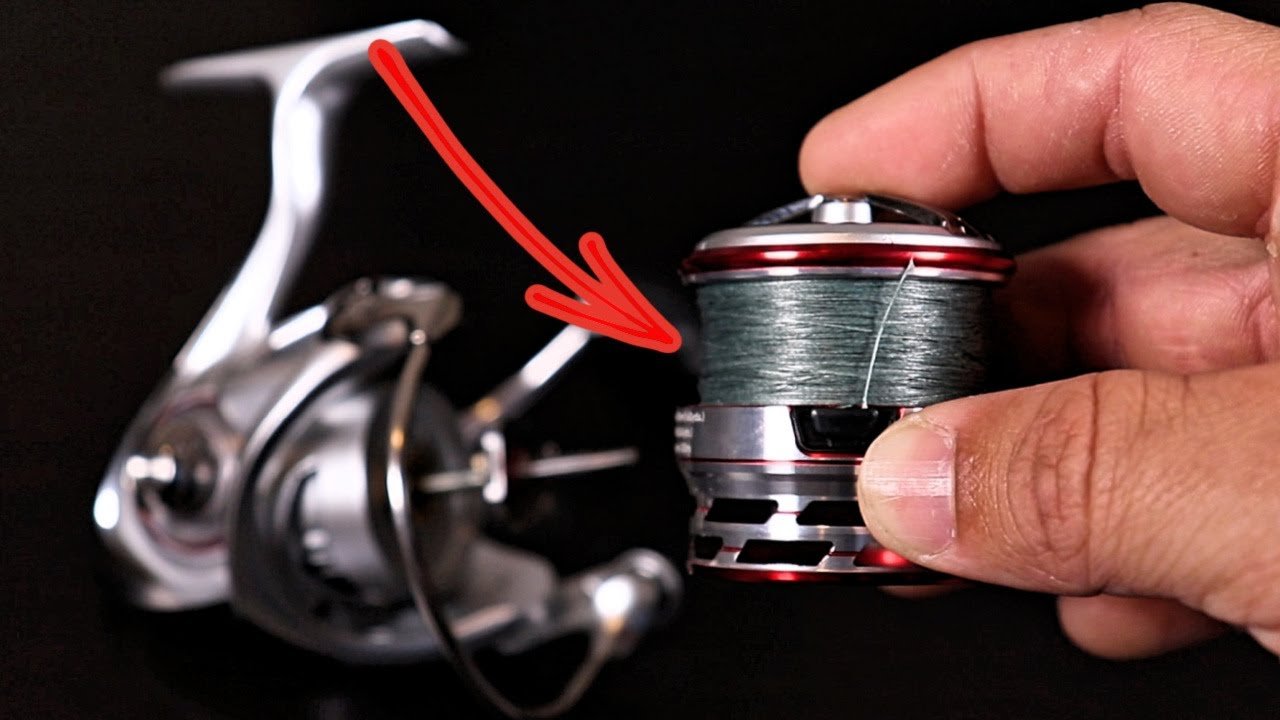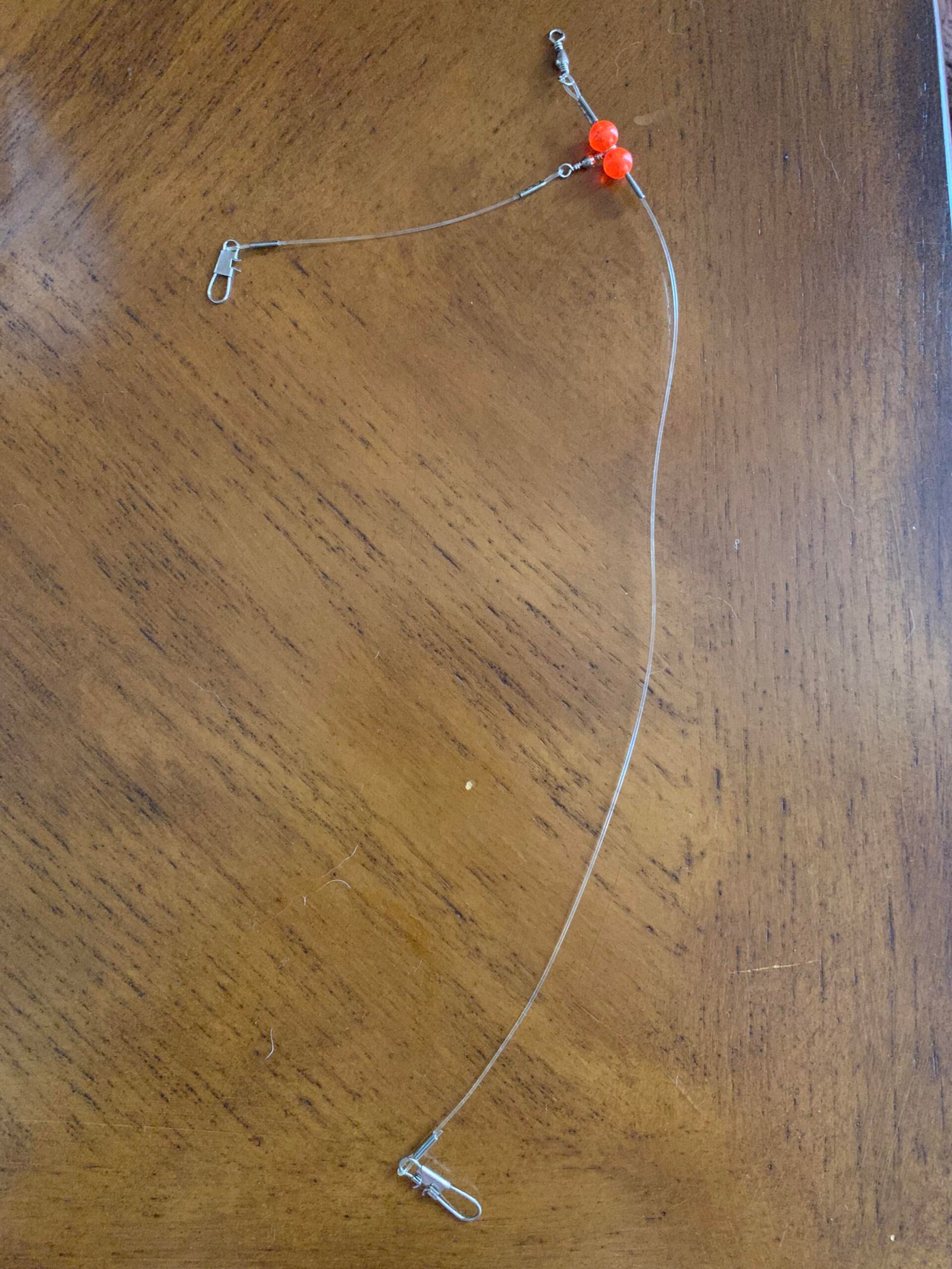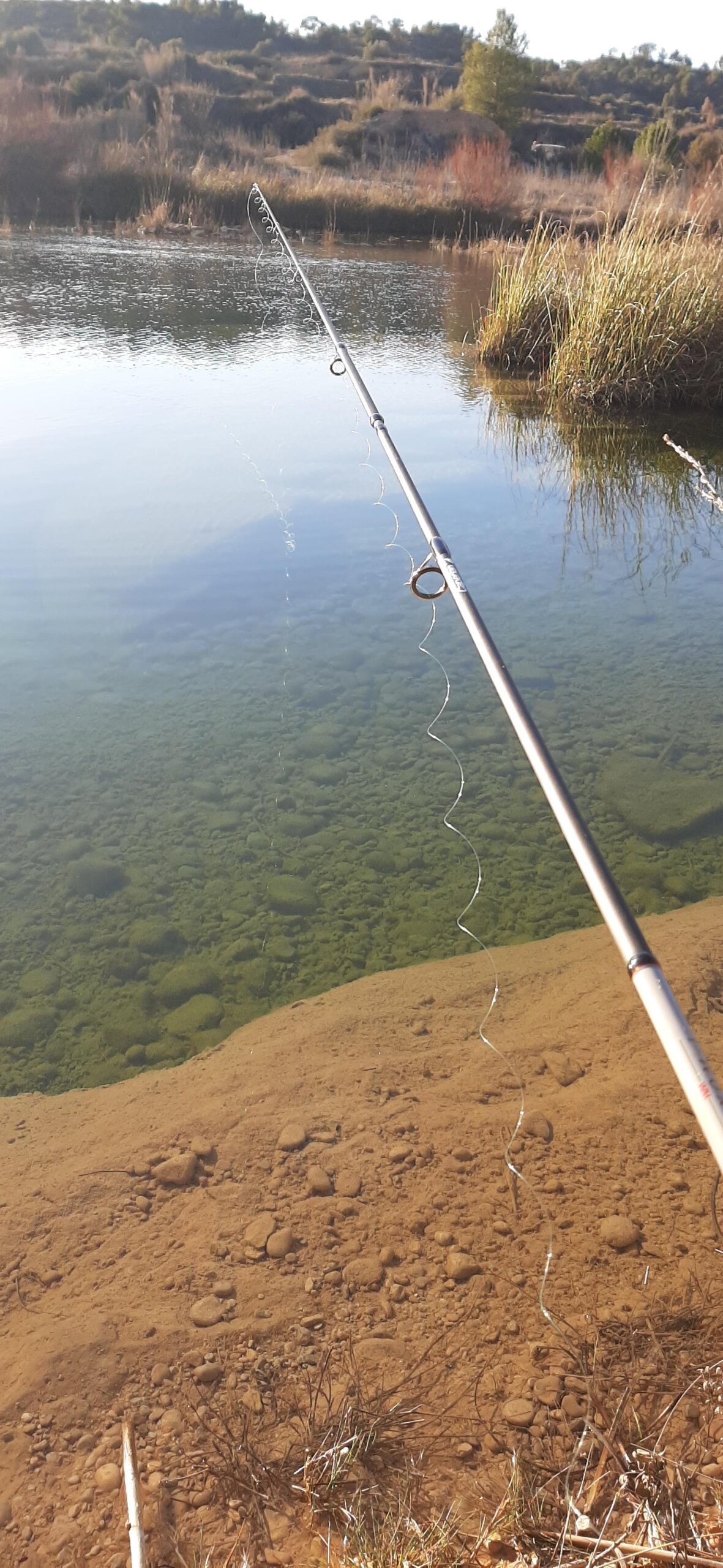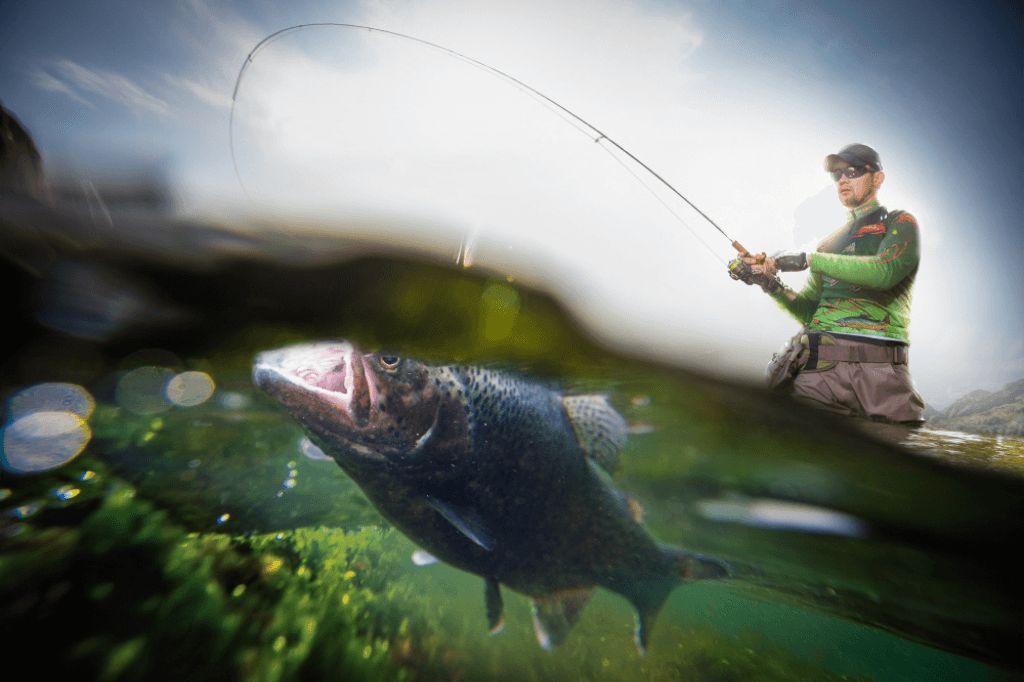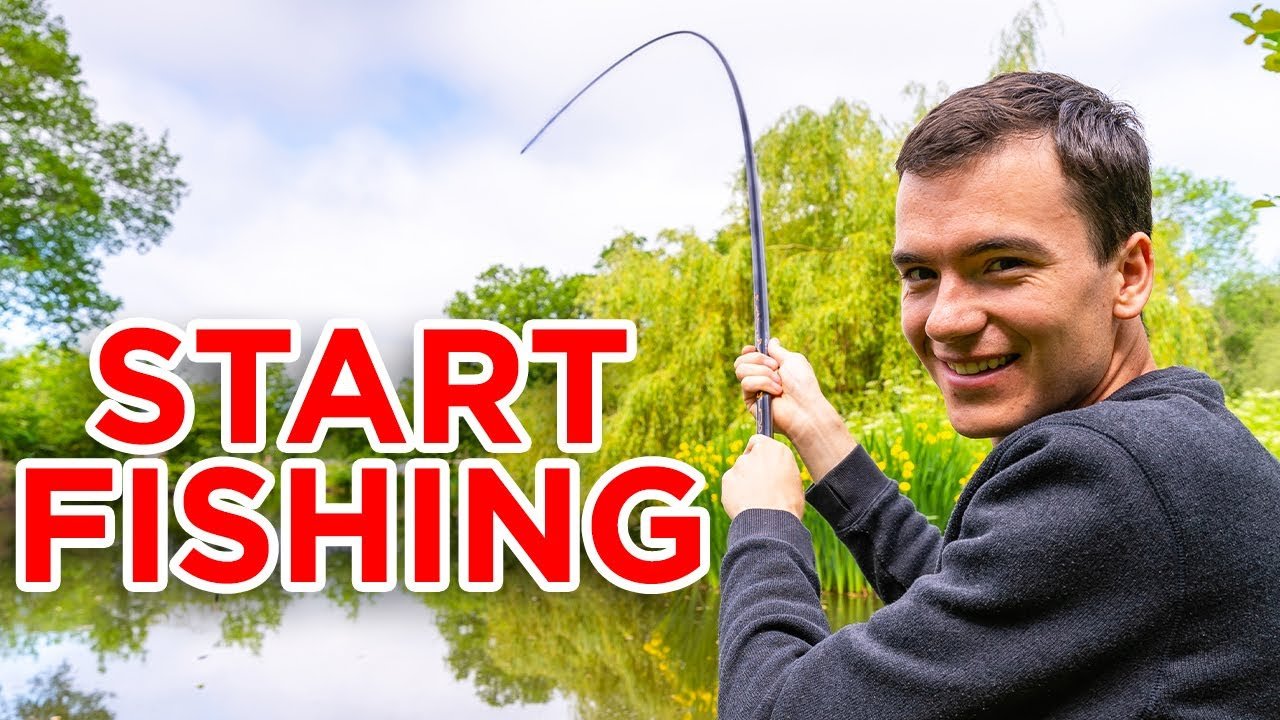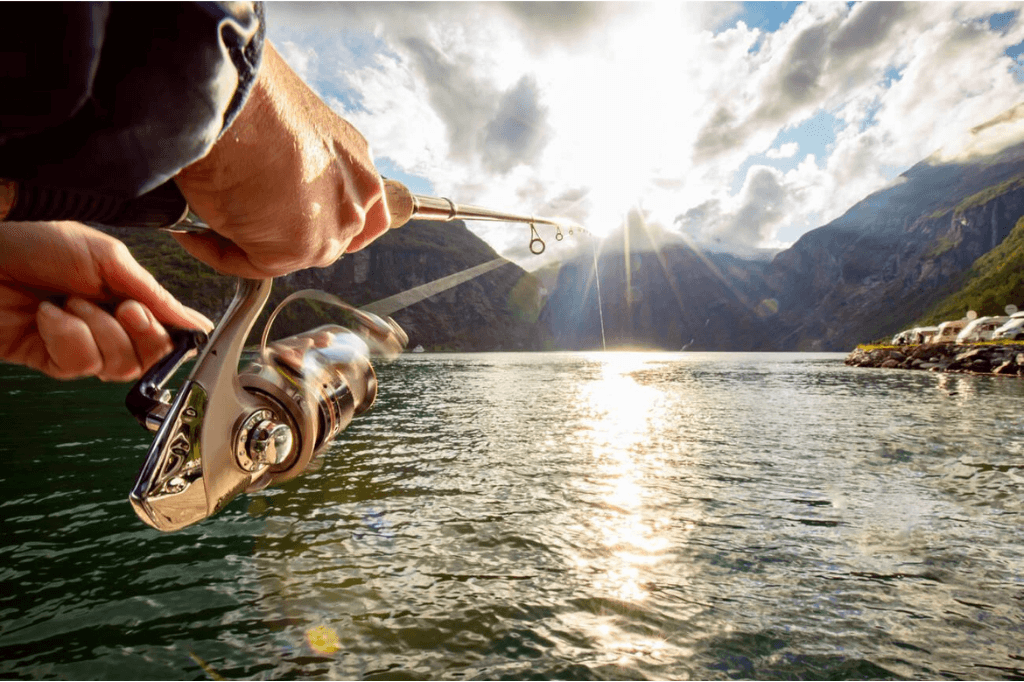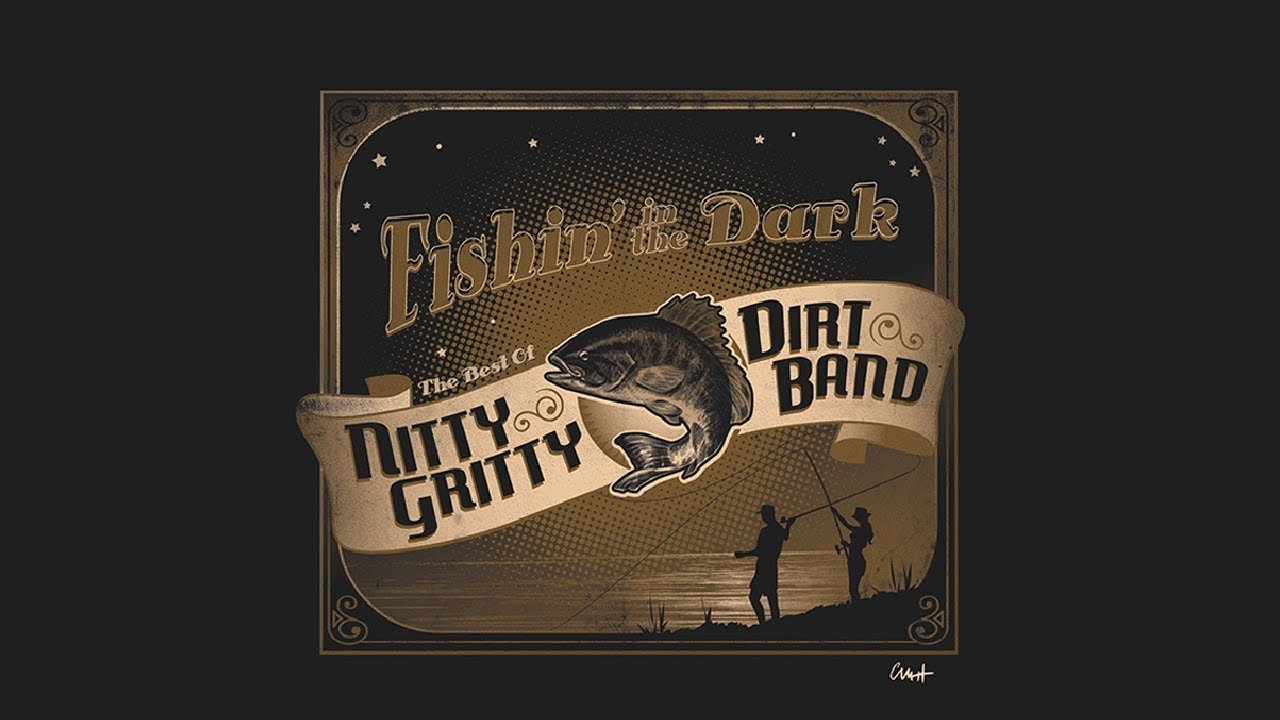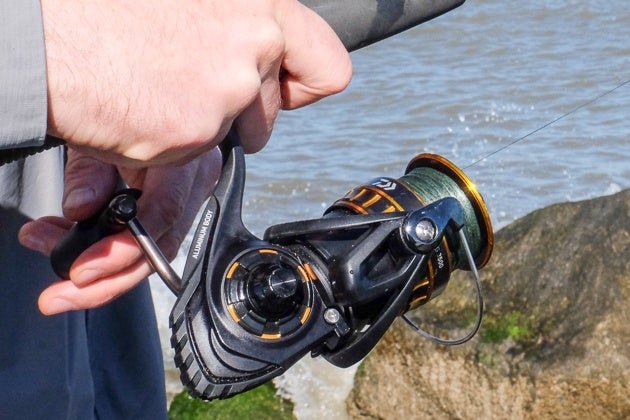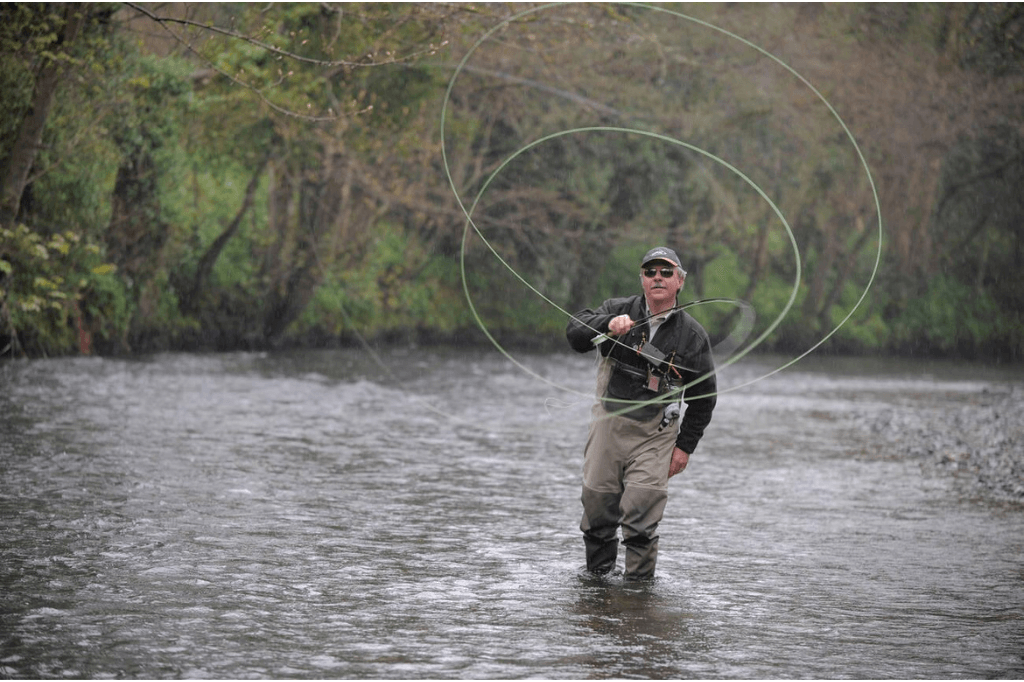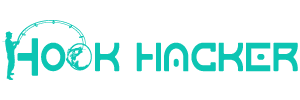The Uni Knot, also known as the Duncan Knot, is a favorite among anglers. Its versatility makes it suitable for various fishing applications, including tying lines to hooks, lures, and swivels. This knot is easy to tie and provides excellent strength and reliability, even in challenging conditions.
Anglers of all skill levels prefer the Uni Knot for its simplicity and effectiveness. Its compact nature also allows it to pass smoothly through rod guides, enhancing casting performance. For those seeking a dependable and straightforward knot, the Uni Knot is an essential addition to their fishing repertoire.
Introduction To The Uni Knot
The Uni Knot is a must-know for every angler. It’s a reliable and versatile knot that is easy to tie. This knot is perfect for various fishing needs. From securing hooks to attaching lines, the Uni Knot has you covered.
Essential Knot For Anglers
Every angler needs the Uni Knot in their toolkit. It’s one of the strongest knots available. This knot ensures your fishing line stays secure. You can rely on it even in challenging conditions.
Learning the Uni Knot is simple. Follow these steps:
- Pass the line through the eye of the hook.
- Double back, forming a loop.
- Make 5-6 turns with the tag end around the double line and through the loop.
- Moisten and pull the knot tight.
These steps make the Uni Knot easy to remember. Practicing will help you tie it quickly. This knot is essential for all anglers.
Versatility In Fishing Scenarios
The Uni Knot shines in various fishing scenarios. It’s effective for both freshwater and saltwater fishing. You can use it with different types of lines. Whether you use monofilament, fluorocarbon, or braided lines, the Uni Knot works well.
The Uni Knot is also great for tying leaders. It ensures a strong connection between lines. This knot is useful for attaching lures and hooks too.
| Fishing Scenario | Uni Knot Application |
|---|---|
| Freshwater Fishing | Securing hooks and tying leaders |
| Saltwater Fishing | Attaching lures and connecting lines |
| Using Monofilament Lines | Ensuring strong knots |
| Using Braided Lines | Maintaining knot strength |
The versatility of the Uni Knot makes it a favorite among anglers. Its strength and ease of use are unmatched. Mastering this knot will improve your fishing experience.
Materials Needed To Practice
Learning to tie the Uni Knot is essential for any fishing enthusiast. Before you start practicing, you need to gather the right materials. This guide will help you understand what you need to get started.
Choosing The Right Fishing Line
The fishing line is a crucial component for tying the Uni Knot. You should choose a line that suits your fishing needs. Here are some options:
- Monofilament Line: This line is versatile and easy to handle. It is ideal for beginners.
- Braided Line: This line offers high strength and sensitivity. It is good for experienced anglers.
- Fluorocarbon Line: This line is nearly invisible in water. It is perfect for clear water fishing.
Make sure the line is not too thick or too thin. A moderate diameter line is best for practicing the Uni Knot.
Tools For Tying The Uni Knot
Besides the fishing line, you need some tools to practice the Uni Knot. These tools will make the process easier and more efficient:
- Fishing Hooks: Use a variety of hooks to practice different knot sizes.
- Nail Clippers: These will help you trim excess line neatly.
- Needle Nose Pliers: These are useful for tightening the knot securely.
- Practice Rod: A simple rod can help simulate real fishing conditions.
Having these tools at hand will ensure that you can practice effectively and improve your knot-tying skills.
Step-by-step Guide To Tying The Uni Knot
The Uni Knot is a versatile and strong knot used by anglers worldwide. It is easy to tie and works well with most fishing lines. Follow this step-by-step guide to master the Uni Knot.
Threading The Hook
First, take your fishing line and thread it through the eye of the hook. Make sure to pull enough line through the eye to work with. About 6 inches should be sufficient. This extra line will be used to form the knot.
Forming The Loop
Next, take the end of the line you just threaded and create a loop by bringing it back towards the main line. Hold the loop and the main line together between your thumb and forefinger. Ensure the loop is big enough to work with but not too loose.
Wrapping The Knot
Now, use the end of the line to wrap around the doubled lines. Start close to the hook and work your way towards the loop. Wrap the line around the doubled lines about 5 to 7 times. Make sure the wraps are tight and evenly spaced.
Securing The Uni Knot
After wrapping, take the end of the line and pass it through the loop. Pull the end of the line to tighten the knot. Ensure the wraps are snug and the knot is firm. Finally, pull the main line to slide the knot down to the eye of the hook. Trim any excess line.
| Step | Description |
|---|---|
| Threading the Hook | Thread the line through the hook’s eye and pull 6 inches through. |
| Forming the Loop | Create a loop by bringing the end back towards the main line. |
| Wrapping the Knot | Wrap the end around the doubled lines 5 to 7 times. |
| Securing the Uni Knot | Pass the end through the loop, tighten, and trim the excess. |
By following these steps, you will have a strong and reliable Uni Knot. Happy fishing!
Common Mistakes And Solutions
The Uni Knot is a favorite among anglers. It is strong and easy to tie. But, mistakes can happen. Here are some common errors and their solutions.
Avoiding Slippage
Slippage is a frequent issue with the Uni Knot. This usually happens when the knot is not tied correctly. To prevent slippage:
- Use the right line: Ensure the line is suitable for the knot.
- Wet the knot: Before tightening, wet the knot. This helps it hold better.
- Check the wraps: Make sure the wraps are even and tight.
Ensuring Tightness
A loose knot can cause problems. To make sure your Uni Knot is tight:
- Pull steadily: Apply constant pressure when tightening.
- Avoid jerking: Do not pull too fast or hard.
- Inspect the knot: After tying, check if it is snug.
Troubleshooting Unstable Knots
Sometimes, the Uni Knot may not hold. This can be due to:
| Problem | Solution |
|---|---|
| Incorrect wraps | Redo the knot with correct number of wraps. |
| Damaged line | Use a new piece of line. |
| Wrong technique | Follow step-by-step instructions carefully. |
Advanced Techniques
The Uni Knot is a versatile and reliable knot. It is favored by anglers worldwide. But there are advanced techniques that can make it even more effective. Here, we explore these advanced techniques to enhance your fishing experience.
Double Uni Knot For Stronger Connections
The Double Uni Knot is perfect for creating stronger connections. It is especially useful for heavy lines. This technique ensures maximum strength and reliability.
Follow these steps to tie a Double Uni Knot:
- Overlap the two lines you want to join.
- Take one line and make a loop.
- Wrap the end of the line around both lines inside the loop.
- Make 5-7 wraps, then pull the tag end to tighten the loop.
- Repeat the process with the other line.
- Pull both standing lines to slide the knots together.
This creates a strong and secure connection between two lines. It is ideal for fishing in tough conditions.
Uni To Uni Knot For Joining Lines
The Uni to Uni Knot is excellent for joining two lines of different materials or diameters. It is a popular choice among anglers for its simplicity and effectiveness.
Here’s how to tie a Uni to Uni Knot:
- Overlap the ends of the two lines.
- Take one line and form a loop over the second line.
- Wrap the end of the first line around both lines inside the loop.
- Make 5-7 wraps and pull the tag end to tighten.
- Repeat the same steps with the second line.
- Pull both standing lines to slide the knots together.
This knot is highly reliable for joining monofilament to braid or fluorocarbon to monofilament. It is versatile and strong.
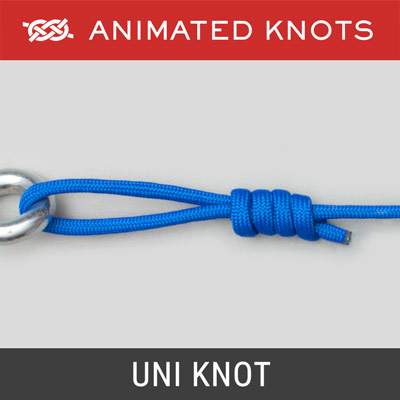
Practical Applications Of The Uni Knot
The Uni Knot is a versatile tool for anglers. It is useful in both saltwater and freshwater fishing. This knot is easy to tie and strong.
Saltwater Vs Freshwater Use
In saltwater fishing, the Uni Knot is ideal for attaching heavy lines. Saltwater fish are often larger and stronger. This knot can withstand the pressure.
In freshwater fishing, the Uni Knot works well with lighter lines. Freshwater fish are usually smaller. The knot is still strong and reliable.
| Environment | Line Type | Fish Size |
|---|---|---|
| Saltwater | Heavy Lines | Large Fish |
| Freshwater | Lighter Lines | Smaller Fish |
Attaching Various Lures And Baits
The Uni Knot is excellent for attaching different lures and baits. It can secure hooks, swivels, and artificial lures. This makes it a favorite among anglers.
- Hooks: The Uni Knot keeps hooks tight and secure.
- Swivels: It prevents line twists when attaching swivels.
- Artificial Lures: The knot holds lures firmly, giving you better control.
Here’s a simple way to tie the Uni Knot:
- Pass the line through the hook eye.
- Make a loop with the tag end.
- Wrap the tag end around the line and through the loop.
- Pull tight to secure the knot.
Practice tying the Uni Knot. This will make you a better angler.
Maintaining The Integrity Of The Knot
The Uni Knot is popular among anglers for its strength and versatility. To ensure the knot performs well, maintaining its integrity is crucial. Proper care and attention can prevent knot failure and lost catches.
Moistening The Line
Before pulling the knot tight, moisten the line. This reduces friction and heat, which can weaken the line. Use water or saliva to moisten the knot area. This simple step helps maintain the line’s strength and durability.
Follow these steps to moisten the line:
- Wet your fingers with water or saliva.
- Rub the wet fingers around the knot area.
- Ensure the entire knot is moist before tightening.
Testing Knot Strength
Always test the knot before using it. This ensures the knot is secure and won’t fail under pressure. A well-tied knot should hold firm against a strong pull.
Here are steps to test knot strength:
- Hold the main line and the tag end.
- Pull the lines in opposite directions.
- Check for slippage or loosening of the knot.
If the knot slips, retie it to ensure it holds well.
| Step | Action |
|---|---|
| 1 | Moisten the knot area |
| 2 | Pull the knot tight |
| 3 | Test the knot strength |
Following these steps ensures the Uni Knot maintains its integrity. A strong knot means more successful fishing trips.
Uni Knot Variations For Specific Fish Species
The Uni Knot is a favorite among anglers. It is versatile and reliable. By customizing it, you can target different fish species effectively. In this section, we explore how to tailor the Uni Knot for specific fish types.
Customizing The Uni Knot For Large Fish
Large fish require a strong and secure knot. The Uni Knot can be adapted to handle the strength of big catches. Follow these steps to enhance its robustness:
- Double the line: Use a double line before tying the knot. This increases strength.
- Extra wraps: Make at least seven wraps around the mainline. This ensures a firmer grip.
- Tighten with care: Wet the knot before pulling tight. This reduces friction and prevents breakage.
These adjustments make the Uni Knot more reliable for catching large fish like tuna and marlin.
Adjustments For Small And Agile Fish
Small and agile fish are quick and tricky. The Uni Knot needs to be fast and easy to tie. Here are some tips to customize it for smaller species:
- Fewer wraps: Use only four to five wraps around the mainline. This makes the knot quick to tie.
- Use thinner line: Thinner lines are less visible and suit small, cautious fish.
- Maintain knot strength: Ensure the knot is tight to prevent slipping. Wet the line before tightening.
These modifications make the Uni Knot perfect for catching small fish like trout and panfish.
Tips For Mastering The Uni Knot Quickly
Mastering the Uni Knot is essential for every angler. This knot is versatile and reliable. These tips will help you learn it quickly.
Practice Drills
Frequent practice makes the Uni Knot easier to tie. Start with a thick rope. Move to a fishing line after getting comfortable.
- Step-by-Step Practice: Break down the knot into steps. Practice each step separately.
- Slow Repetition: Tie the knot slowly. Focus on each movement.
- Timed Drills: Set a timer. Try to tie the knot faster each time.
Follow these drills daily. Your hands will remember the movements.
Learning From Common Angling Errors
Understanding common errors helps you avoid them. Here are some frequent mistakes and how to fix them:
| Common Error | Solution |
|---|---|
| Loose Knot | Pull the knot tight. Ensure it is snug. |
| Twisted Line | Check for twists. Straighten the line before tying. |
| Incorrect Loop Size | Practice making consistent loops. Measure them if needed. |
Review your knots after tying. Correct any errors you see.
The Role Of The Uni Knot In Successful Fishing
The Uni Knot is a versatile and reliable fishing knot. It plays a crucial role in securing your line and ensuring a successful catch. Anglers of all skill levels trust the Uni Knot for its strength and simplicity. It can be used for tying lines to hooks, swivels, and lures. This knot is especially useful in both fresh and saltwater fishing.
Stories From Experienced Anglers
Many experienced anglers have shared stories of the Uni Knot saving their catch. John, a seasoned fisherman, recalls a time when his line held strong against a 20-pound bass. He credits the Uni Knot for not losing the fish. Another angler, Susan, often fishes in rough waters. She swears by the Uni Knot’s ability to withstand heavy currents and strong fish pulls.
These stories highlight the importance of mastering the Uni Knot. It is not just about securing your line; it is about ensuring your fishing success.
Enhancing Your Fishing Technique
Using the Uni Knot can enhance your fishing technique in several ways. First, it provides a strong and reliable connection. This ensures that your line does not break under pressure. Second, it is easy to tie even in low-light conditions or with cold hands.
Here is a step-by-step guide to tying the Uni Knot:
- Thread the line through the eye of the hook.
- Double back and make a loop beside the standing part.
- Make 6 turns with the tag end around the double line.
- Moisten the knot and pull on the tag end to tighten.
- Slide the knot down to the eye and trim the tag end.
By following these steps, you can ensure a strong knot every time.
The Uni Knot is also highly versatile. It works well with different types of fishing lines, including monofilament, fluorocarbon, and braided lines. This versatility makes it a favorite among anglers worldwide.
Practice tying the Uni Knot regularly. This will help you become more proficient and confident in your fishing skills.
Frequently Asked Questions
Is The Uni Knot Better Than The Palomar Knot?
The uni knot and palomar knot both have their strengths. The uni knot is versatile and strong, while the palomar knot is quick and easy to tie. Your choice depends on the specific fishing situation and personal preference.
What Is A Uni Knot Used For?
A uni knot is used for fishing. It securely connects lines to hooks, lures, and swivels. It’s versatile and strong.
Is A Clinch Knot The Same As A Uni Knot?
No, a clinch knot is not the same as a uni knot. They are different types of fishing knots.
What Is The Strongest Fishing Knot?
The Palomar Knot is often considered the strongest fishing knot. It’s easy to tie and highly reliable for various fishing lines.
Conclusion
Mastering the Uni Knot enhances your fishing experience. It’s reliable, versatile, and easy to learn. Practice this knot to secure your catches and enjoy smoother fishing trips. Remember, the right knot can make all the difference. Start using the Uni Knot today and see the benefits firsthand.
Happy fishing!


